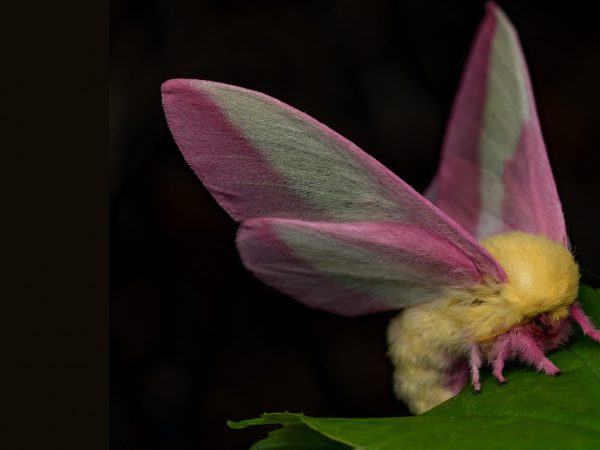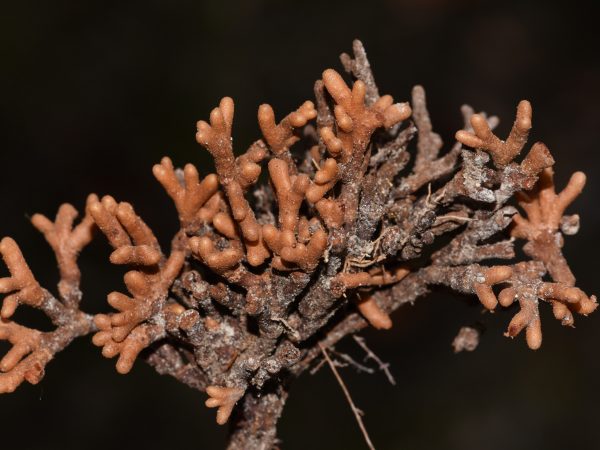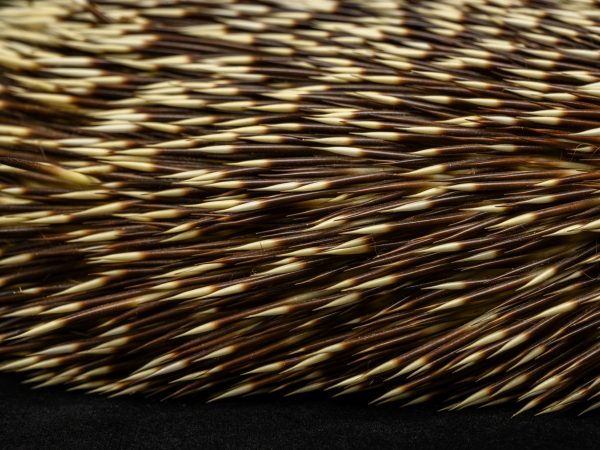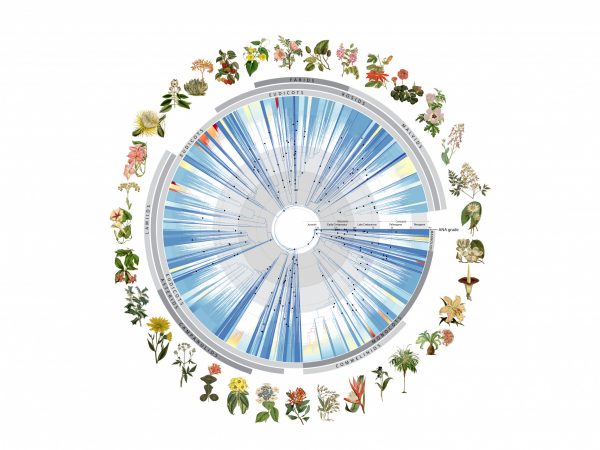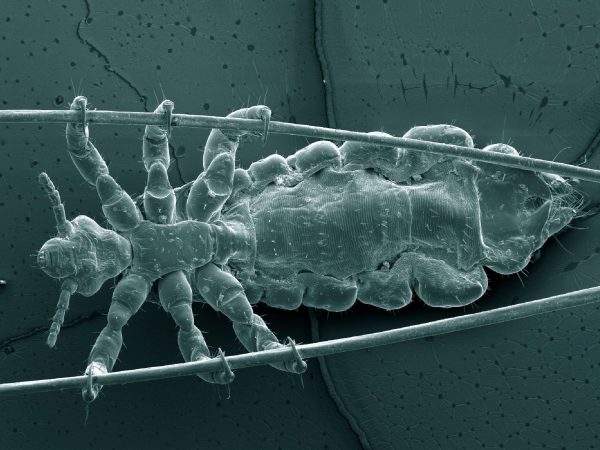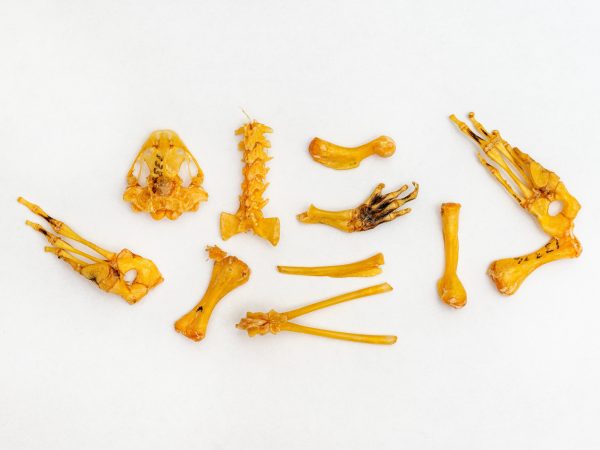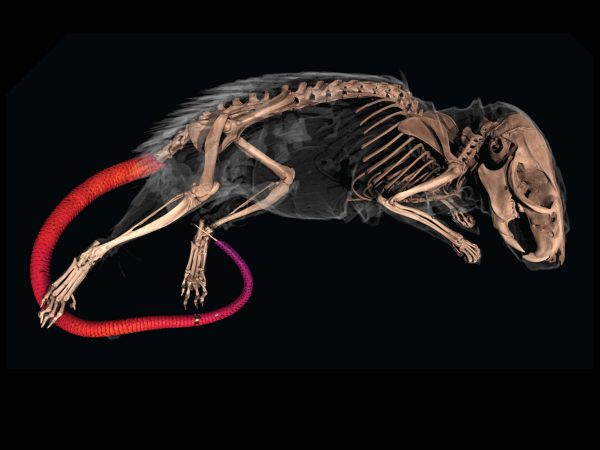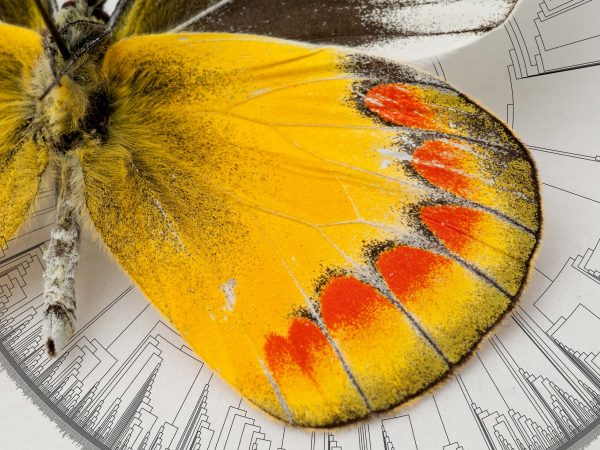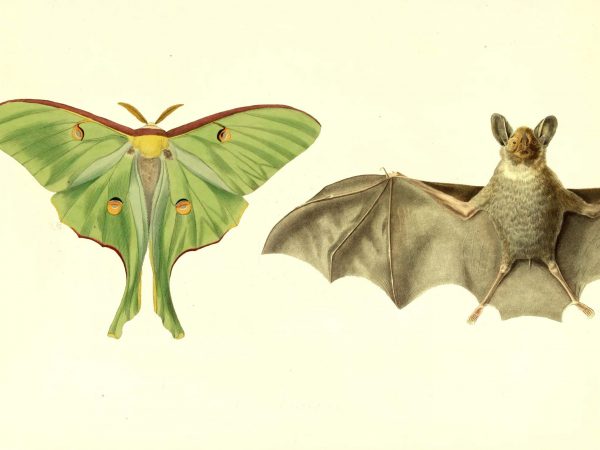Moths may use disco gene to regulate day/night cycles
How does one species become two? If you’re a biologist, that’s a loaded question. The consensus is that, in most…
Read More
Building a roadmap to bioengineer plants that produce their own nitrogen fertilizer
Nitrogen fertilizers make it possible to feed the world’s growing population, but they are also costly, harm ecosystems and require…
Read More
Florida fossil porcupine solves a prickly dilemma 10-million years in the making
There’s a longstanding debate simmering among biologists who study porcupines. There are 16 porcupine species in Central and South America,…
Read More
Vast DNA tree of life for plants revealed by global science team
A new paper published today in the journal Nature by an international team of 279 scientists led by the Royal…
Read More
Head lice evolution mirrors human migration and colonization in the Americas
A new analysis of lice genetic diversity suggests that lice came to the Americas twice – once during the first…
Read More
Frogs were Florida’s first-known vertebrates from the Caribbean
Deep in the forests of Haiti lives the blue-eyed La Hotte glanded frog (Eleutherodactylus glandulifer), which once went 20 years…
Read More
Move over, armadillos. There’s a new bone-plated mammal in town
Mammals are a bit odd when it comes to bones. Rather than the bony plates and scales of crocodiles, turtles,…
Read More
Butterfly tree of life reveals an origin in North America
About 100 million years ago, a group of trendsetting moths started flying during the day rather than at night, taking…
Read More
For birds, blending in may result in more diversity
The saying “Birds of a feather flock together” is being given new meaning by a study published in the Philosophical…
Read More
What is it good for? Absolutely one thing. Luna moths use their tails solely for bat evasion
In a pair of complementary studies, researchers take a close look at Luna moth (Actias luna) tails through the eyes…
Read More
